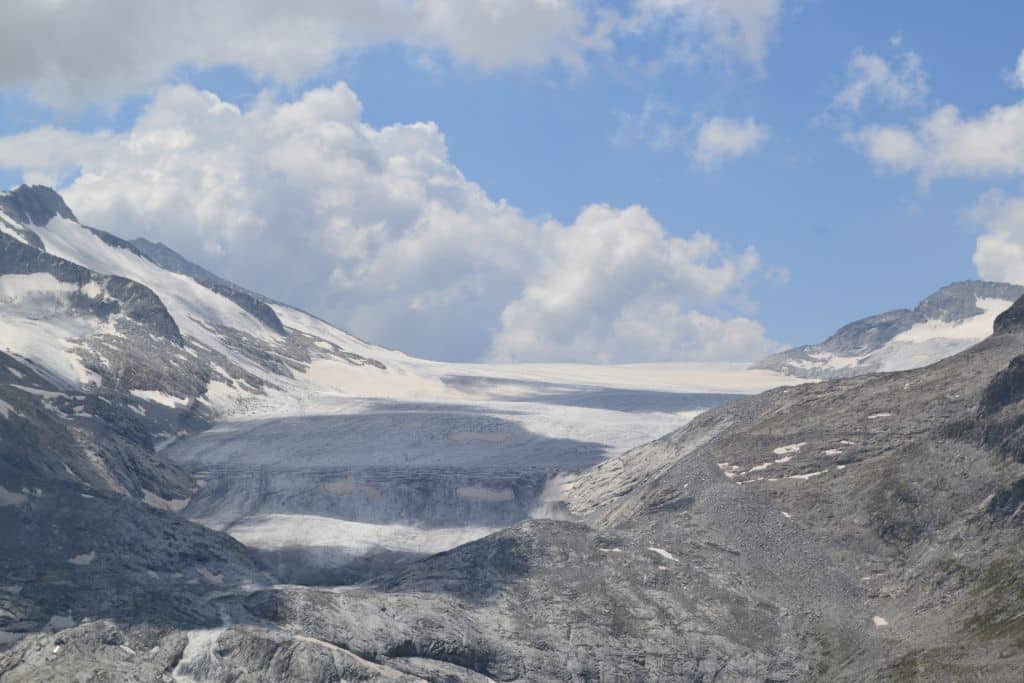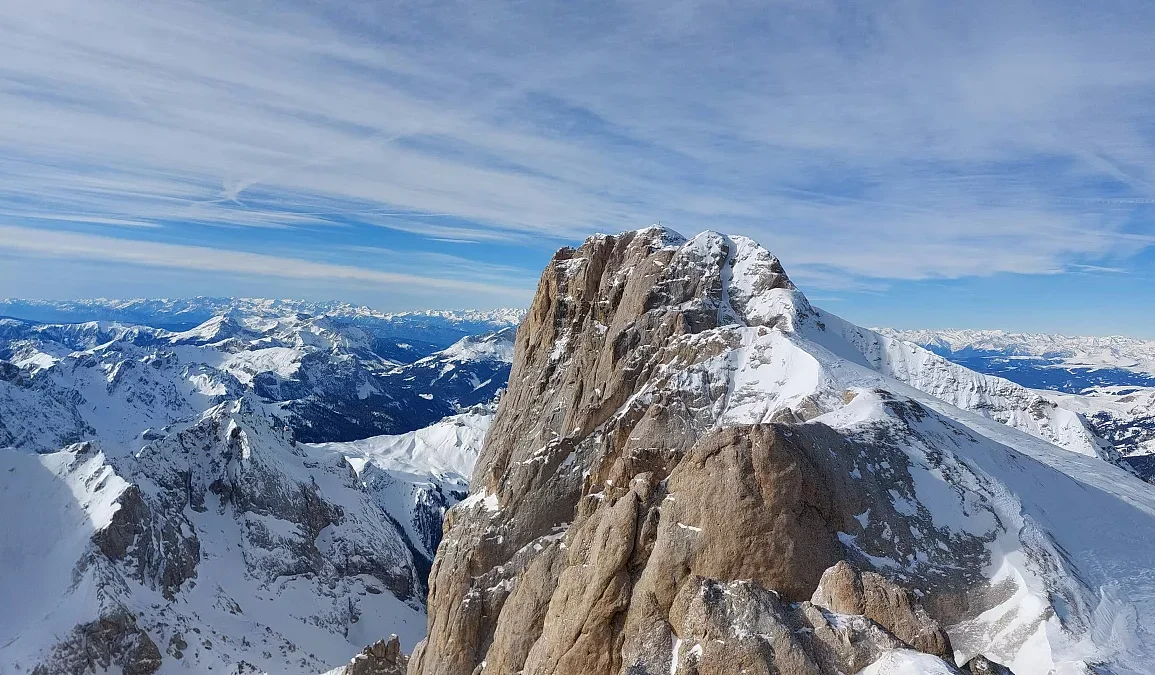The Marmolada glacier, the largest in the Dolomites, faces complete melting by 2040 due to rising global temperatures, according to experts. Italian scientists, collaborating with environmental groups like Legambiente and the Italian Glacier Committee, reported that the glacier is losing between 7 and 10 centimeters of depth every day.
Over the past five years, about 70 hectares of the glacier’s surface, roughly the size of 98 football fields, have disappeared. These drastic changes are part of an “irreversible coma” the glacier has been in since measurements began in 1888, with its retreat spanning over 1,200 meters.
The situation with the Marmolada glacier is not isolated, as the Dolomites are experiencing significant climate-related impacts. Warmer-than-usual summers and reduced winter snowfall have further accelerated the melting of glaciers in the region.
Scientists point out that the overall climate emergency is visibly affecting the entire mountain range, contributing to the rapid melting of glaciers, which play a crucial role in local ecosystems and water supplies.

Other glaciers in Italy, such as the Forni glacier, have also seen dramatic retreat in recent years. Forni has pulled back by 800 meters over the past three decades and a total of 1.2 miles over the past century.
In 1987, an alarming incident at Forni saw chunks of ice break off during severe storms, triggering a rock avalanche that led to the tragic Val Pola landslide, killing 43 people. This event underscored the potential dangers of glacial instability as temperatures rise.
The 2022 collapse of a portion of the Marmolada glacier, which caused an avalanche of ice, snow, and rocks, tragically claimed the lives of 11 people. The glacier’s ongoing melt has also exposed artifacts from World War I, including weapons, letters, and the bodies of soldiers preserved for decades in the ice.
These relics, once buried under layers of snow and ice, now serve as a haunting reminder of both the historical significance of the region and the severe impact of the climate crisis.
Leaders in environmental advocacy, such as Vanda Bonardo of Legambiente and Cipra, have emphasized the critical need for action. They warn that the Alps, particularly the Marmolada glacier, are becoming increasingly fragile due to the advancing climate emergency.
Bonardo, along with Legambiente’s director Giorgio Zampetti, is calling for comprehensive mitigation policies, including a national adaptation plan that focuses on vulnerable high mountain regions like the Dolomites. Immediate action is needed to protect these natural wonders from further destruction.

